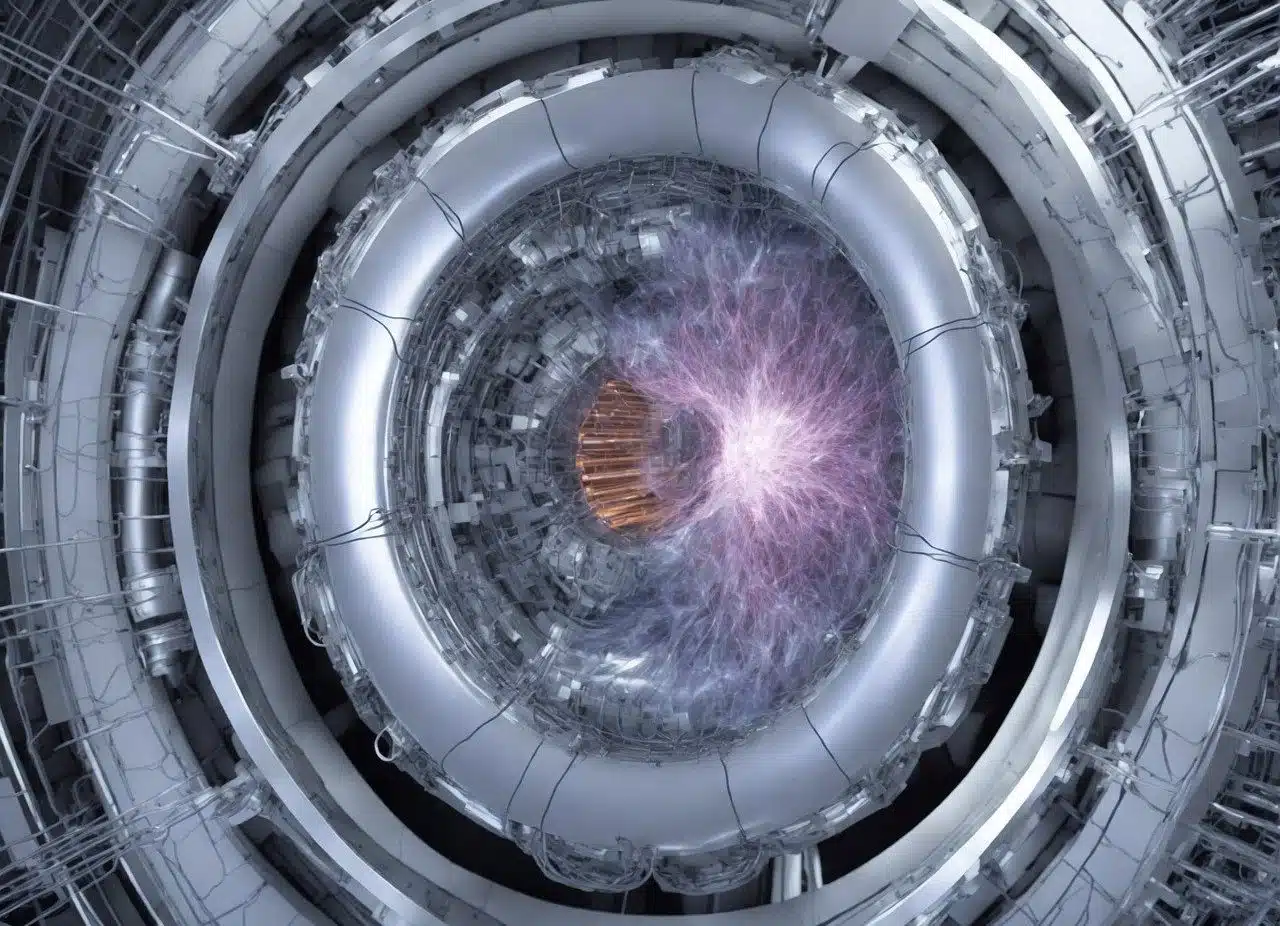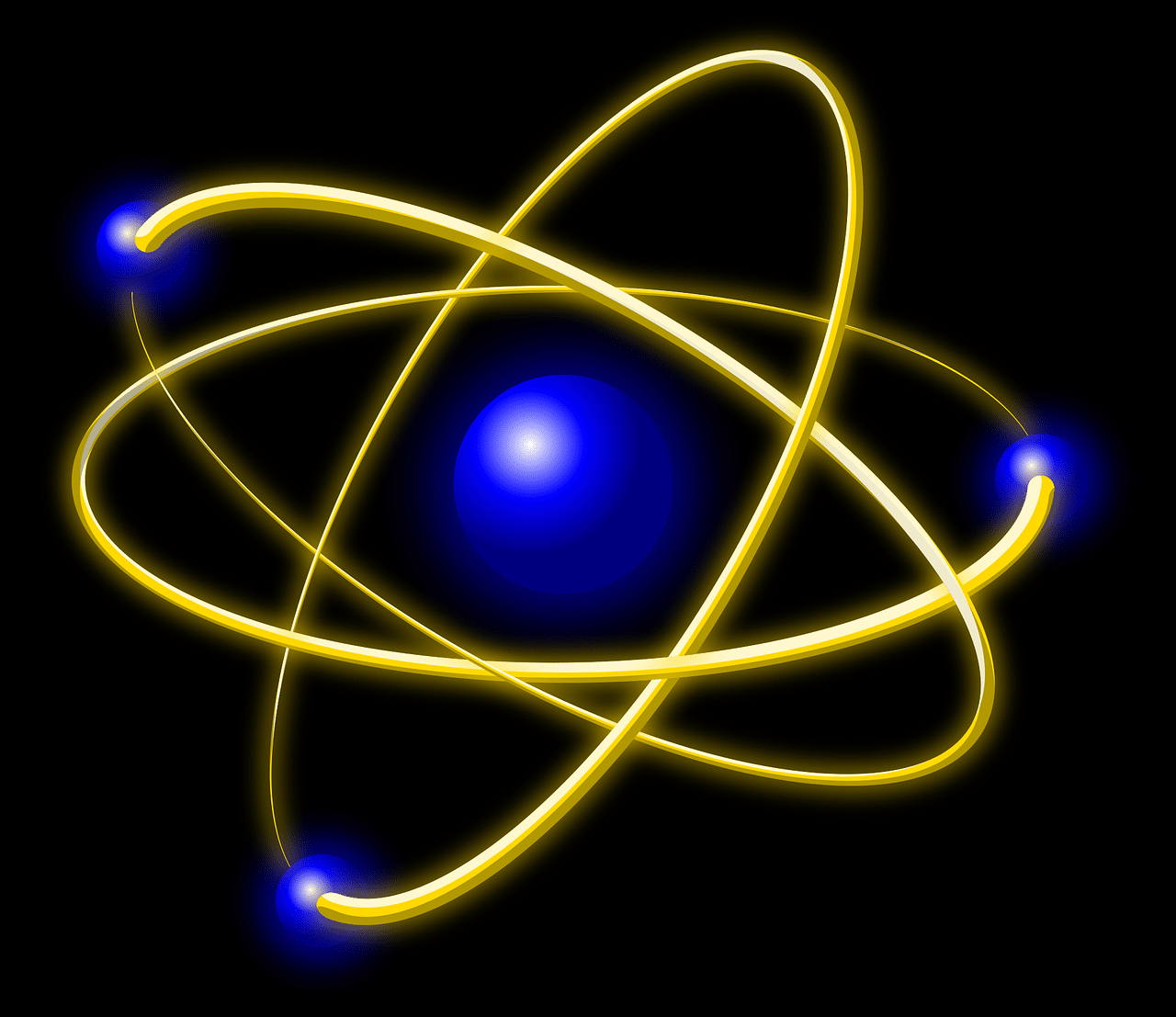
Spin is used to measure, in all particles, their respective intrinsic angular momentum.
Espín is a term with several interpretations in the Spanish language. While today it is very useful within quantum mechanics and particle physics , in other times it served in the military field to identify the order in which a squad was organized to face the enemy from all directions with pikes or spears. This word is also part of the name of a mammal from the rodent family that has nocturnal habits: the porcupine (or porcupine).
It was thanks to the work of the German-born physicist Ralph Kronig that attention began to be paid to the characteristics, scope and applications of the spin of elementary particles , a framework in which helicity can be determined, for example. His colleague from the Netherlands , Samuel Abraham Goudsmit , meanwhile, complemented by George Eugene Uhlenbeck, contributed to adding knowledge about electron spin .
With hypotheses, tests and various investigations, knowledge in this regard was deepened and clarifications were achieved. Thus, then, progress was made in the domain of atomic spectra based on the addition of the spin quantum number . Nor should we overlook that this notion was used to refer to a physical property that causes elementary particles to present a specific angular momentum whose value is fixed and the spin of protons and neutrons , among others, were determined.
Spin in quantum mechanics and particle physics
When searching for information on the applications and uses of spin in quantum mechanics and particle physics, the semi-integer spin of fermions (which are subordinated to the Pauli exclusion principle ) gains visibility, to point out one case. Bosons , on the other hand, have an integer spin and fall within the guidelines of Bose-Einstein statistics . For their part, neutrinos and quarks have Spin ½ , to add more references.
The existence of an intrinsic spin in protons has even been noted, a property that makes spectroscopy that uses nuclear magnetic resonance (NMR) possible. It is even worth noting that there is a spectroscopic technique called electron spin resonance (REE) where the Zeeman effect is vital, focused on the segmentation of a spectral line into multiple units, faced with a static-style magnetic field . .
It is also interesting to know in detail what the Stern-Gerlach experiment consisted of, a key procedure to constitute the practical basis of quantum mechanics . In this test, the spin corresponding to various atoms plays an important role, since in one case it deflects certain particles in an upward direction (those with positive spin + 1/2) and the rest, with opposite spin, it directs them in the opposite direction. In this scenario, it is possible to measure their magnetic moment on the particles involved.

Protons are made up of a total of three elementary particles that are characterized by having spin 1/2.
Applications, phenomena and technologies
With the advancement of technology , and by adding relevant information linked to spin (which corresponds to mathematical laws associated with the quantization of angular momentum ), the number of revolutionary phenomena, applications and methods around it has increased.
It is worth mentioning, in this context, an area of nanotechnology known as spintronics . This is an emerging technology that has given rise to, for example, spintronic memories and is increasingly being researched and tested in the area of computer and mobile phone equipment manufacturing. A few seasons ago, appealing to quantum physics and high-density spintronic memory , experts from the University of California based in Berkeley were able to create an ultrathin 2-D magnet characterized by having atomic thickness and functioning at room temperature.
The benefits of graphene for transporting spin over long distances have also been discovered, while quantum entanglement (a phenomenon in which spin is measured and is useful for both quantum cryptography and quantum computing ).
As the scope and use of spin continues to be experimented and tested, it is not ruled out that in the coming decades surprising achievements and uses will continue to appear with this property as an engine of evolution.

Graphene is very useful for projections or spin transport.
Spin in different theories, theorems and principles
There are different theories, theorems and principles in which spin is taken into consideration. One of these cases is quantum field theory , through which both subatomic particles and the interactions they have are examined, in addition to contributing to the understanding of issues such as the correspondence or the link between statistics and spin .
In quantum mechanics , likewise, Bell's theorem is usually taken into account (where the spin of entangled particles is studied in its demonstration) and the correspondence theorem between spin and statistics (necessary to connect the spin of a given particle with the statistics to which it is subjected).
